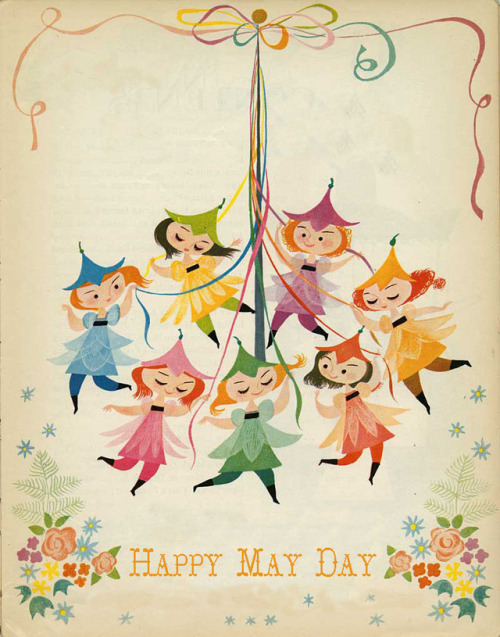When I was ten years old I was lucky enough to cross the Atlantic in an ocean liner. Soon after dawn one summer morning we sailed past the Statue of Liberty and I have never forgotten that moment. Many years later I was able to see the Statue of Liberty up close, and I also visited Ellis Island. I have read the poem that is inscribed on the statue and that is now part of this country's history, and I feel great pride to live in a place that has provided sanctuary to so many refugees over the years. Today I bring you the story of the poem and I hope the narrative lifts you up and inspires you.
Emma’s Poem: The voice of the Statue of Liberty
Linda Glaser
Illustrator: Clair A. Nivola
Nonfiction Poetry Picture Book
For ages 5 to 7
Houghton Mifflin Harcourt, 2013, 978-0544105089
When Emma was little she had a very comfortable life living in a lovely, large home with her mother, father, and siblings. She lacked for nothing, and was able to indulge in her love of books. She had the time to read, and spent many hours writing stories and poems. The people she spent time with came from similarly comfortable backgrounds, and the world of New York’s well-to- do people was the only one she knew.
Then one day Emma visited Ward’s Island in New York Harbor and there she met immigrants who had traveled across the Atlantic as steerage passengers. They were poor and hungry, and many of them were sick. They had so little and had suffered so much. Like Emma, they were Jews, but unlike her they had been persecuted and driven from their homes. Friends and family members had died, and now here they were in a strange land with no one to assist them.
Emma was so moved by the plight of the immigrants that she did her best to help them. She taught them English, helped them to get training so that they could get jobs, and she wrote about the problems that such immigrants faced. Women from her background did not spend time with the poor and they certainly did not write about them in newspapers, but Emma did.
Then Emma was invited to write a poem that would be part of a poetry collection. The hope was that the sale of the collection would pay for the pedestal that would one day serve as the base for a new statue that France was giving to America as a gift. The statue was going to be placed in New York Harbor and Emma knew that immigrants, thousands of them, would see the statue of the lady when their ships sailed into the horbor. What would the statue say to the immigrants if she was a real woman? What would she feel if she could see them “arriving hungry and in rags?” In her poem, Emma gave the statue a voice, a voice that welcomed all immigrants to America’s shores.
In this wonderfully written nonfiction picture book the author uses free verse to tell the story of Emma Lazarus and the poem that she wrote. The poem was inscribed on a bronze plaque that is on the wall in the entryway to the Statue of Liberty’s pedestal. It has been memorized by thousands of people over the years, and has come to represent something that many Americans hold dear.
At the back of the book readers will find further information about Emma Lazarus and her work. A copy of her famous poem can also be found there.
 Old Elm Speaks: Tree Poems
Old Elm Speaks: Tree Poems 







